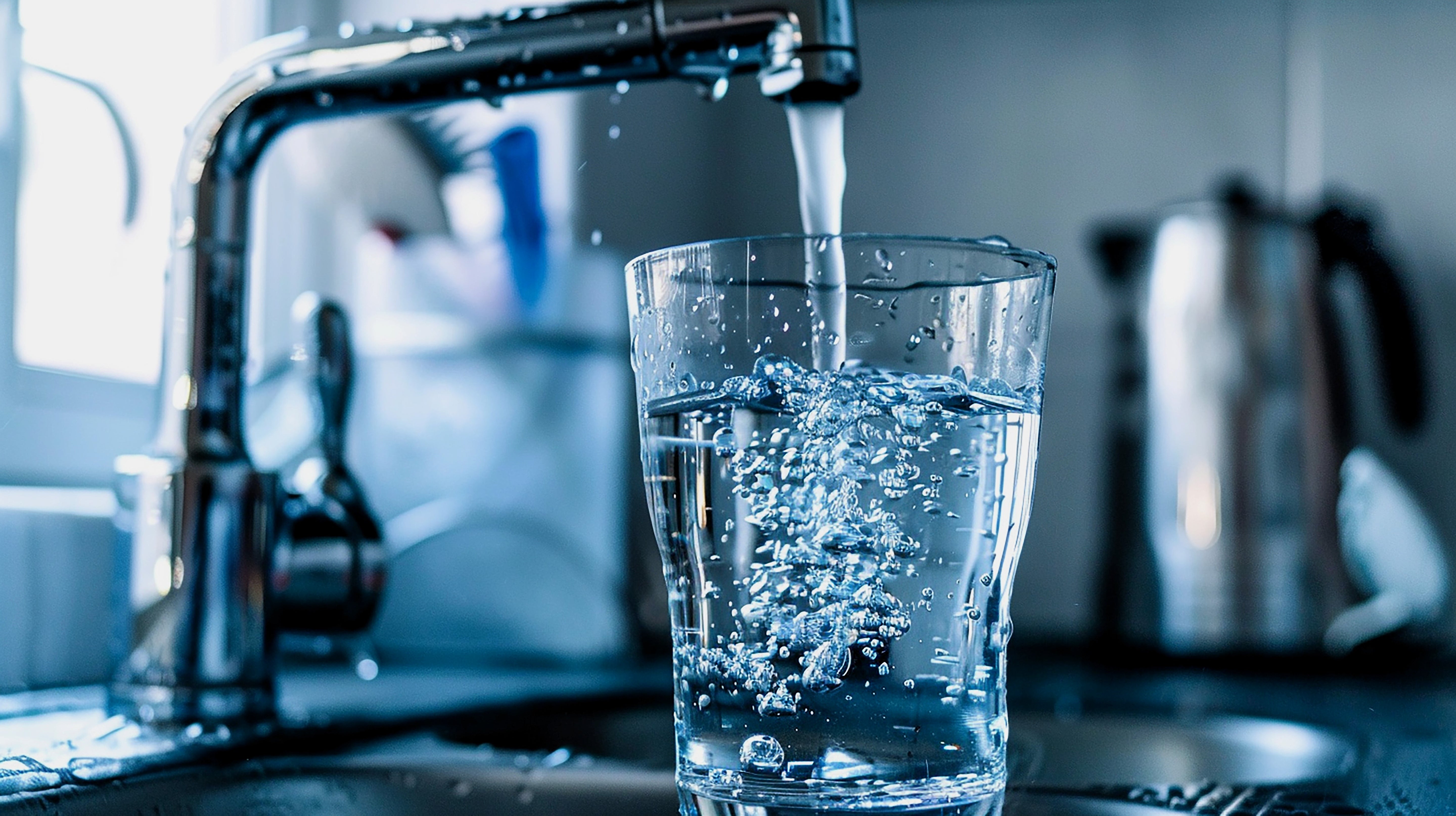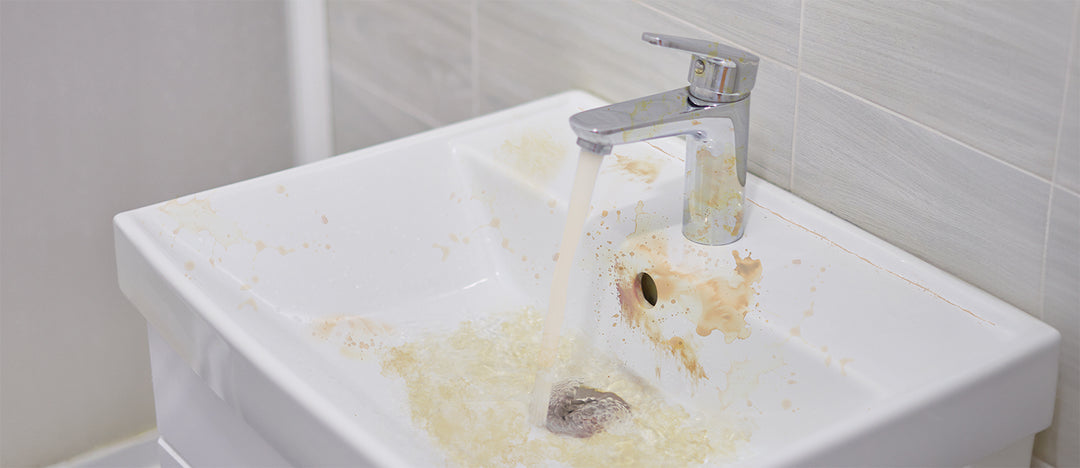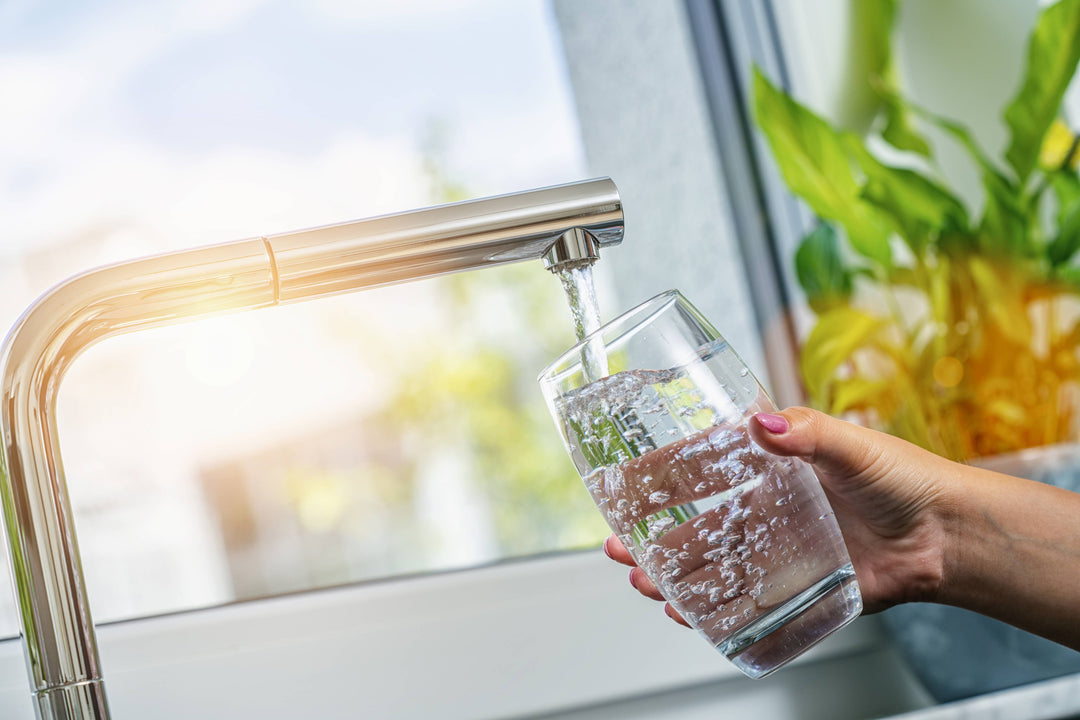Exploring Common Drinking Water Contaminants and Their Effects
Table of Contents
- Introduction
- General Information
- Types of Common Drinking Water Contaminants
- Biological Contaminants
- Chemical Contaminants
- Physical Contaminants
- Radiological Contaminants
- Effects of Drinking Water Contaminants on Health
- Testing for Drinking Water Contaminants
- Ways to Reduce Exposure to Drinking Water Contaminants
- Regulations and Standards for Safe Drinking Water
- Future Challenges and Emerging Contaminants
- Safety Recommendations
- Public and Private Water Systems
- People at Higher Risk
- Common Germs and Chemicals in Contaminated Water
- Prevention and Removal of Contaminants
- Conclusion
- Frequently Asked Questions (FAQs)
- Additional Resources
Introduction
Clean, safe drinking water is essential for maintaining good health. However, our water sources are vulnerable to contamination from various pollutants, which can have serious consequences for human health. In this comprehensive guide, we'll explore the world of common drinking water contaminants, their sources, effects on health, and how to protect yourself and your loved ones from them.
General Information
The Top Tap Water Contaminants
According to the Environmental Working Group (EWG), tap water across the United States contains an alarming array of contaminants. With 316 contaminants found in water serving 85% of the population, including over 60% lacking safety standards regulated by the EPA, the need for water quality improvement is evident. The Safe Drinking Water Act, established in 1974, has not been updated since 2000, highlighting the urgent need for stricter regulations and updated standards to protect public health.
Types of Common Drinking Water Contaminants
Biological Contaminants
Biological contaminants include bacteria, viruses, and parasites, which can enter water sources through sewage, animal waste, and human activities.
-
Bacteria: Common bacteria like E. coli and Salmonella can cause gastrointestinal illnesses, especially in vulnerable populations.
-
Viruses: Norovirus and Hepatitis A virus are examples of viruses that can spread through contaminated water, leading to acute gastroenteritis and liver infections.
-
Parasites: Protozoa like Giardia and Cryptosporidium pose significant health risks, causing diarrheal diseases that can be particularly severe in children and immunocompromised individuals.
Chemical Contaminants
Chemical pollutants contaminate water sources through industrial discharge, agricultural runoff, and improper waste disposal.
-
Lead: Corrosion of plumbing systems and lead-containing pipes can introduce lead into drinking water, leading to developmental issues, especially in children.
-
Chlorine and Chloramines: Added to water as disinfectants, these chemicals can react with organic matter to form harmful byproducts, including trihalomethanes and haloacetic acids.
-
Mercury: Industrial processes and natural deposits can release mercury into water sources, posing risks of neurological damage and kidney dysfunction.
-
Volatile Organic Compounds (VOCs): Chemicals like benzene, toluene, and xylene, found in gasoline, solvents, and plastics, can leach into water sources and have adverse health effects, including cancer and reproductive disorders.
Physical Contaminants
Physical impurities like sediments and suspended solids degrade water quality and can cause aesthetic issues.
- Sediments and Suspended Solids: Soil erosion, construction activities, and urban runoff contribute to the presence of sediments and suspended solids in water, affecting water clarity and taste.
Radiological Contaminants
Radiological pollutants like radon and uranium pose long-term health risks due to their radioactive properties.
- Radon and Uranium: Naturally occurring radioactive elements, such as radon and uranium, can leach into groundwater from soil and rock formations, increasing the risk of lung cancer and kidney damage with chronic exposure.
Effects of Drinking Water Contaminants on Health
Drinking water contaminants can have both immediate and long-term health effects, depending on the type and concentration of pollutants. Immediate effects may include gastrointestinal illnesses, skin irritation, and respiratory problems, while long-term exposure can lead to chronic conditions such as cancer, neurological disorders, and reproductive issues. Vulnerable populations, including children, pregnant women, the elderly, and individuals with weakened immune systems, are at higher risk of experiencing adverse health effects from contaminated water.
Testing for Drinking Water Contaminants
Regular testing for contaminants is essential to ensure the safety of drinking water. Home testing kits and professional water testing services are available to assess water quality. Consumers should be aware of common contaminants in their area and test their water accordingly. Understanding water quality reports provided by water utilities can help identify potential risks and take appropriate measures to address them.
Water Test kit
Determining whether your water is contaminated. Public water suppliers are typically required to test for contaminant levels, and the results should be accessible to the public. If you rely on a private well for your water supply, it's advisable to have it tested for all contaminants.
We know how important it is for you to make sure that your family and loved ones are healthy and safe, That's why REN Water partnered with HealthGuard Lab's a certified laboratory that utilizes advanced testing methods. HealthGuard Labs kits deliver precise and reliable results, ensuring you have accurate information about your water quality.
WATER TEST KIT
Ways to Reduce Exposure to Drinking Water Contaminants
Several measures can help reduce exposure to drinking water contaminants and protect public health:
-
Water Filtration: Install water filtration systems, such as activated carbon filters and reverse osmosis systems, to remove contaminants from tap water.
-
Boiling Water: Boil water before consumption to kill harmful bacteria and viruses, especially during emergencies or when traveling to areas with questionable water quality.
-
Bottled Water: Consider using bottled water as an alternative source of drinking water, especially in areas with known contamination issues. However, be mindful of the environmental impact and sustainability of bottled water consumption.
-
Source Protection: Implement measures to protect water sources from contamination, such as proper waste management, agricultural best practices, and pollution control measures.
REN Water's Systems is poised to play a vital role in addressing your home's water quality challenges.
Regulations and Standards for Safe Drinking Water
Government agencies, including the Environmental Protection Agency (EPA) and state health departments, regulate drinking water quality and establish standards to ensure public health and safety. The Safe Drinking Water Act sets guidelines for monitoring, treatment, and reporting of drinking water contaminants. Water utilities are required to comply with these regulations and provide consumers with information about water quality through annual Consumer Confidence Reports (CCR) and other communication channels.
NSF Certification
When investing in water filtration systems, look for products certified by the National Sanitation Foundation (NSF). NSF certification ensures that a product meets strict standards for quality, performance, and safety. Choosing NSF-certified filters assures that the system is reliable and effective in removing contaminants from your water supply. This stamp of approval ensures that the product adheres to stringent quality and safety standards, making it a reliable choice for those seeking a water treatment solution they can trust.
Future Challenges and Emerging Contaminants
As new contaminants and environmental challenges emerge, addressing water quality issues becomes increasingly complex. Emerging contaminants, such as pharmaceuticals, microplastics, and per- and polyfluoroalkyl substances (PFAS), pose unique risks to human health and the environment. Climate change, population growth, and urbanization further exacerbate water quality concerns, underscoring the need for proactive measures and innovative solutions to safeguard drinking water supplies for future generations.
Safety Recommendations
To ensure safe drinking water for all, follow these recommendations:
-
Regular Testing: Test your drinking water regularly for common contaminants, especially if you rely on private wells or live in areas with known pollution sources.
-
Education: Stay informed about water quality issues and potential health risks associated with drinking water contaminants.
-
Advocacy: Advocate for stronger regulations and policies to protect drinking water sources and public health.
-
Community Action: Engage with local community organizations and government agencies to address water quality concerns and promote sustainable water management practices.
Public and Private Water Systems
Public water systems are regulated by federal and state agencies and are subject to stringent testing, treatment, and reporting requirements. Water utilities are responsible for monitoring water quality, addressing contamination issues, and providing consumers with information about drinking water safety. Private well owners are encouraged to test their water regularly and implement appropriate treatment measures to ensure water quality and protect their health.
People at Higher Risk
Certain groups are more vulnerable to the effects of drinking water contaminants and may experience more severe health consequences:
-
Children: Developing children are more susceptible to the effects of contaminants, which can interfere with growth and development.
-
Pregnant Women: Pregnant women and their unborn babies may be at risk of exposure to harmful chemicals that can cross the placental barrier and affect fetal development.
-
Elderly: Older adults may have compromised immune systems and underlying health conditions that make them more susceptible to waterborne illnesses.
-
Immunocompromised Individuals: People with weakened immune systems, such as those living with HIV/AIDS or undergoing chemotherapy, are at higher risk of infections from waterborne pathogens.
Common Germs and Chemicals in Contaminated Water
Understanding the common germs and chemicals found in contaminated water is essential for assessing health risks and implementing appropriate mitigation measures:
-
Bacteria: Pathogenic bacteria like Escherichia coli (E. coli) and Salmonella can cause gastrointestinal infections and other illnesses.
-
Viruses: Waterborne viruses such as Norovirus and Rotavirus can spread rapidly in communities and cause outbreaks of gastroenteritis.
-
Chemicals: Toxic chemicals like arsenic, lead, and pesticides can contaminate drinking water sources and pose significant health risks, especially with chronic exposure.
Prevention and Removal of Contaminants
Effective prevention and removal of contaminants from drinking water are essential for ensuring water safety and protecting public health:
-
Water Treatment Technologies: Advanced treatment technologies, including filtration, disinfection, and membrane processes, can remove or reduce contaminants from drinking water.
-
Point-of-Use Filters: Install point-of-use filtration systems, such as activated carbon filters and reverse osmosis units, to remove specific contaminants at the tap.
-
Source Control Measures: Implement source control measures to prevent contamination of water sources, such as land use planning, pollution prevention, and watershed management strategies.
Conclusion
Ensuring access to clean, safe drinking water is paramount for protecting public health and promoting well-being. By understanding the sources of drinking water contaminants, their effects on health, and implementing effective prevention and removal strategies, we can safeguard our water supplies and ensure a healthier future for all.
Frequently Asked Questions (FAQs)
-
How can I test my drinking water for contaminants?
- Home testing kits and professional water testing services are available to assess water quality. Contact us at (800) 240 - 5574 for more information.
- Home testing kits and professional water testing services are available to assess water quality. Contact us at (800) 240 - 5574 for more information.
-
What should I do if I suspect my drinking water is contaminated?
- If you suspect your drinking water is contaminated, stop using it for drinking, cooking, and bathing immediately. Contact us for in-depth guidance on testing and treatment options. you can also Contact your water utility or health department for guidance on testing and treatment options.
- If you suspect your drinking water is contaminated, stop using it for drinking, cooking, and bathing immediately. Contact us for in-depth guidance on testing and treatment options. you can also Contact your water utility or health department for guidance on testing and treatment options.
-
Are there any natural remedies for purifying drinking water?
- Boiling water is an effective method for killing harmful bacteria and viruses. However, it may not remove chemical contaminants or other impurities. Consider using a water filtration system for comprehensive water purification.
- Boiling water is an effective method for killing harmful bacteria and viruses. However, it may not remove chemical contaminants or other impurities. Consider using a water filtration system for comprehensive water purification.
-
What are the long-term health effects of drinking contaminated water?
- Long-term exposure to contaminated water can lead to chronic health conditions, including cancer, neurological disorders, and reproductive issues. It's essential to address water quality issues promptly and take steps to reduce exposure to harmful contaminants.
- Long-term exposure to contaminated water can lead to chronic health conditions, including cancer, neurological disorders, and reproductive issues. It's essential to address water quality issues promptly and take steps to reduce exposure to harmful contaminants.
-
What role can individuals play in protecting drinking water sources?
- Individuals can take proactive steps to protect drinking water sources by practicing water conservation, proper waste disposal, and advocating for stronger environmental regulations. Community engagement and collaboration are key to ensuring the sustainability and safety of our water supplies.
- Individuals can take proactive steps to protect drinking water sources by practicing water conservation, proper waste disposal, and advocating for stronger environmental regulations. Community engagement and collaboration are key to ensuring the sustainability and safety of our water supplies.
Additional Resources
For more information on drinking water contaminants, water testing, and treatment options, consult reputable sources such as the Environmental Protection Agency (EPA), Centers for Disease Control and Prevention (CDC), and World Health Organization (WHO). Stay informed and take proactive measures to safeguard your health and the environment.





